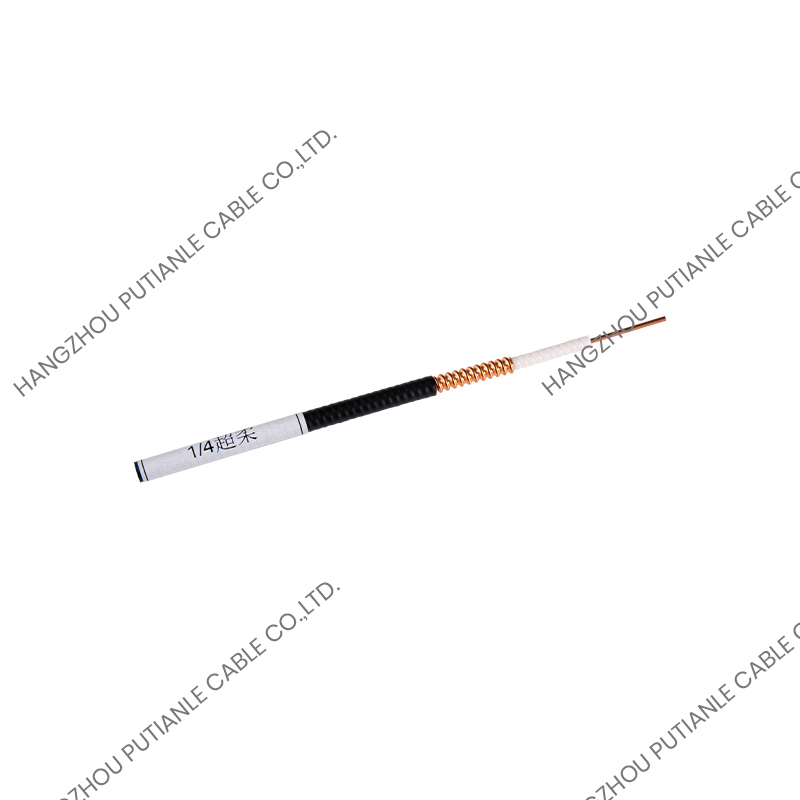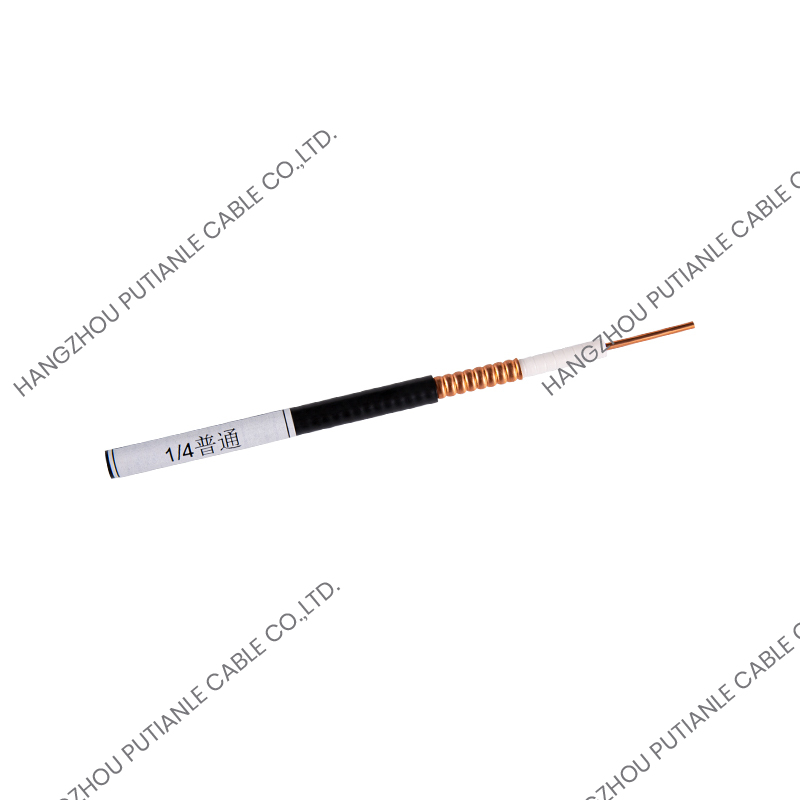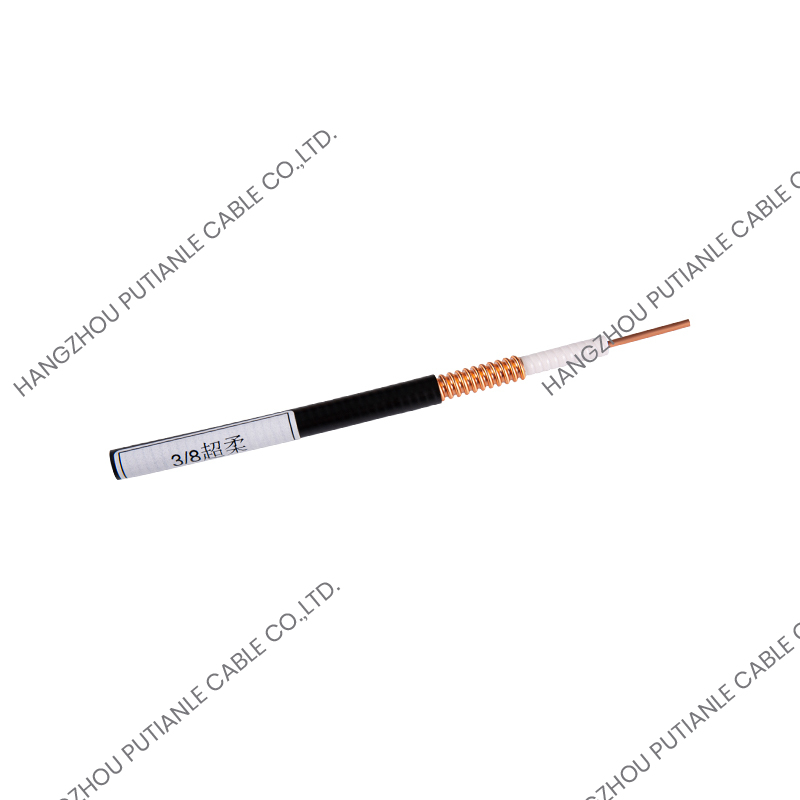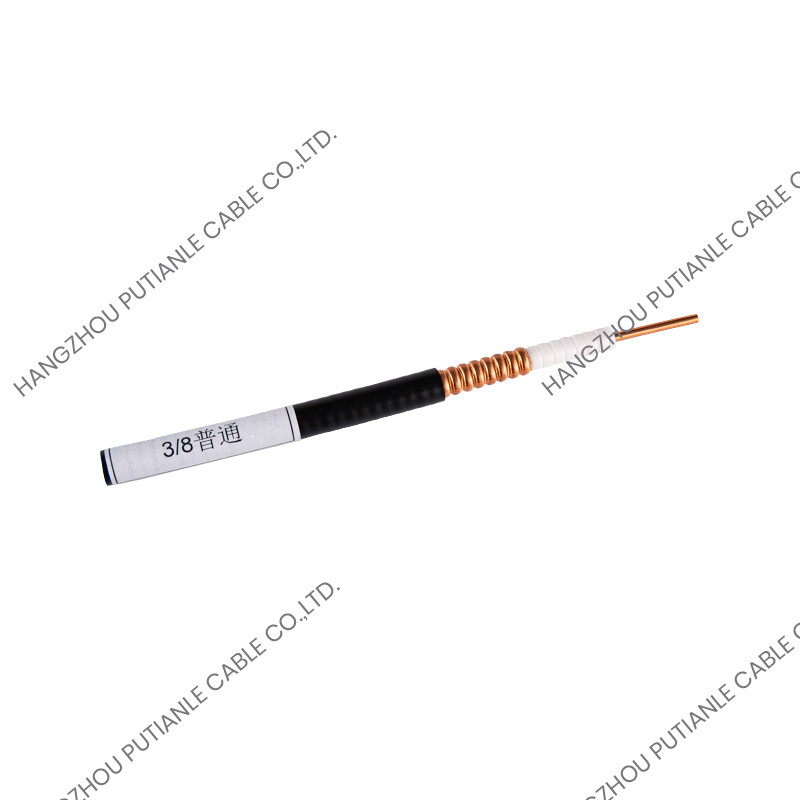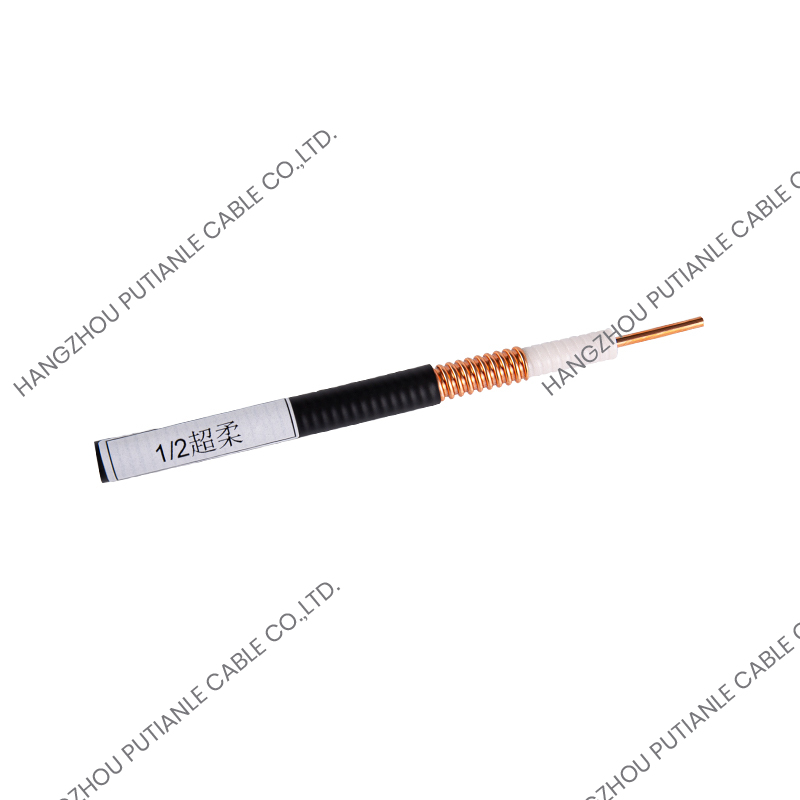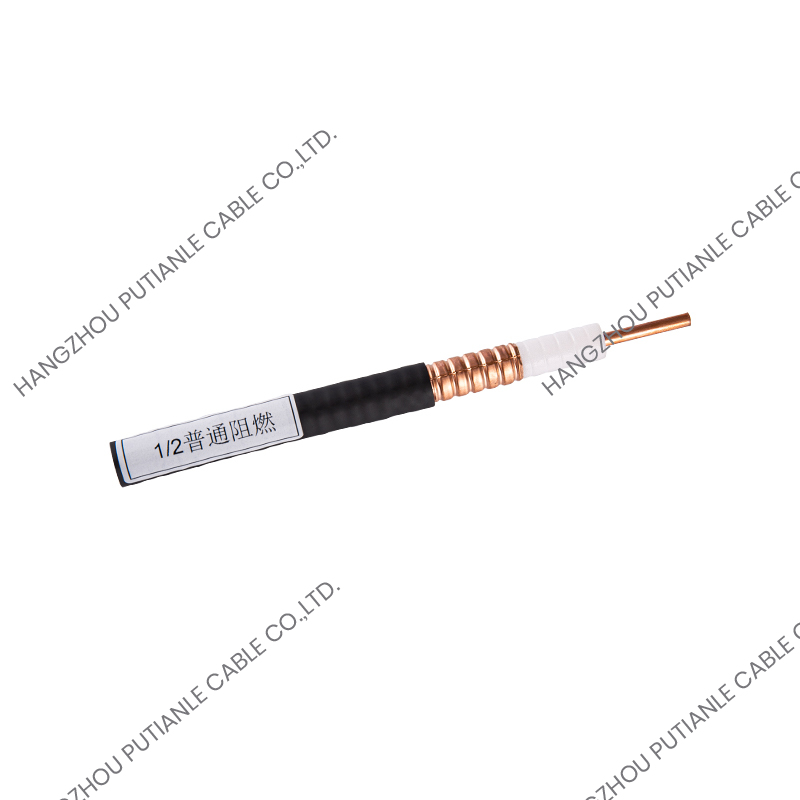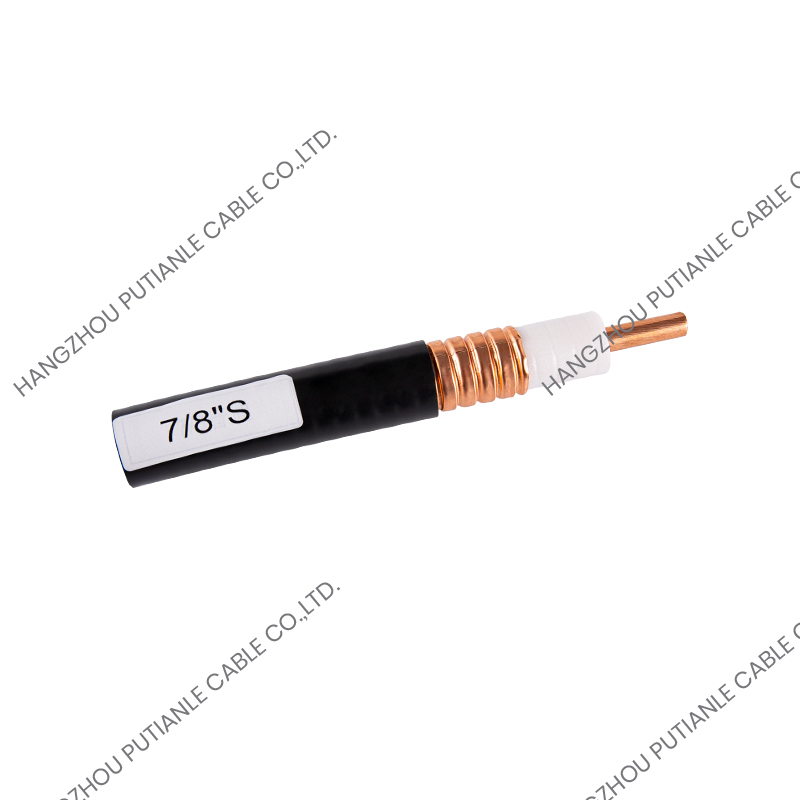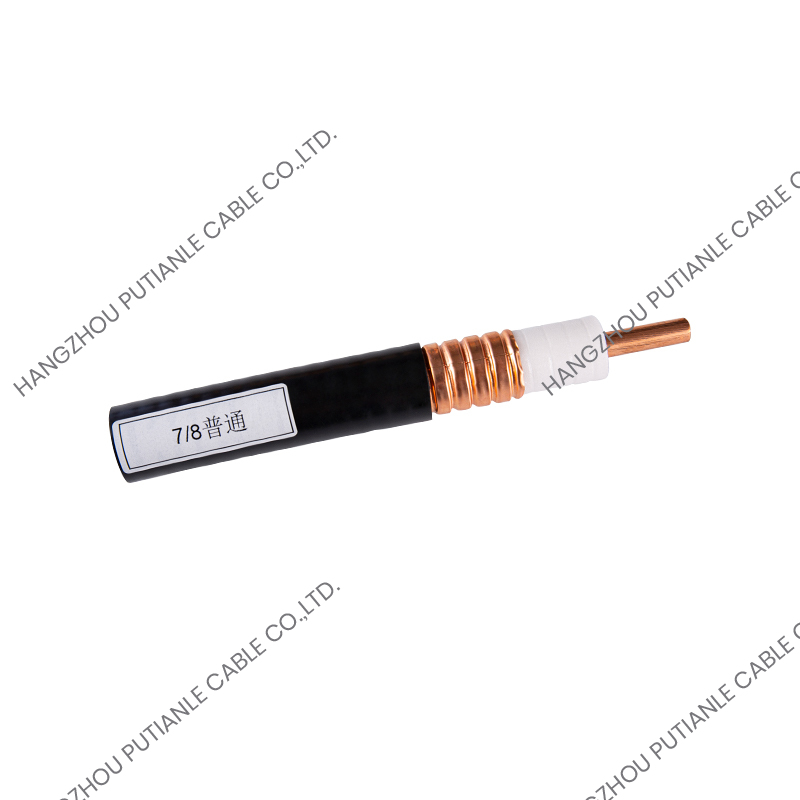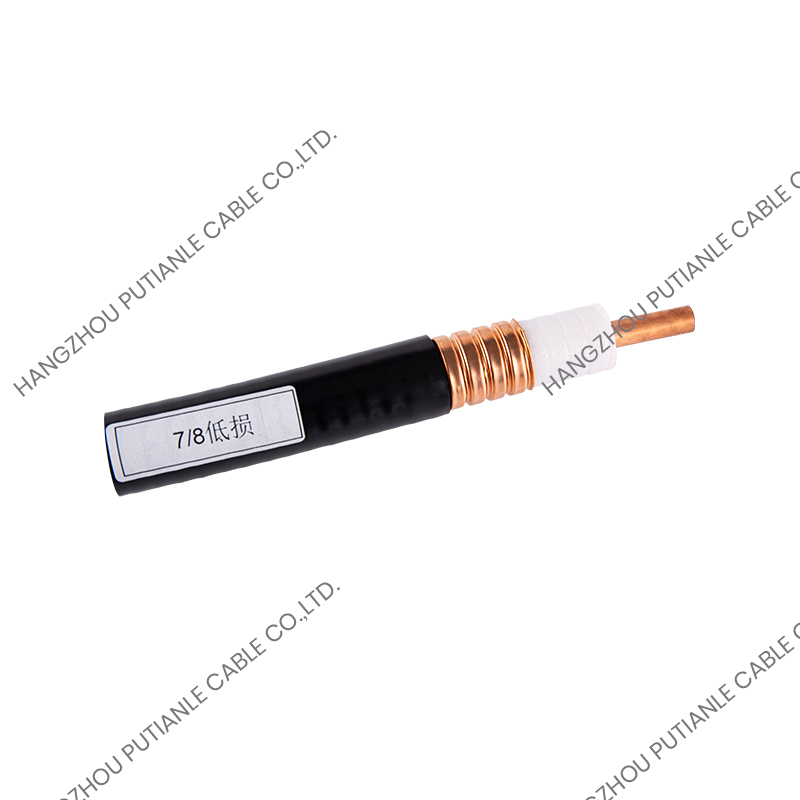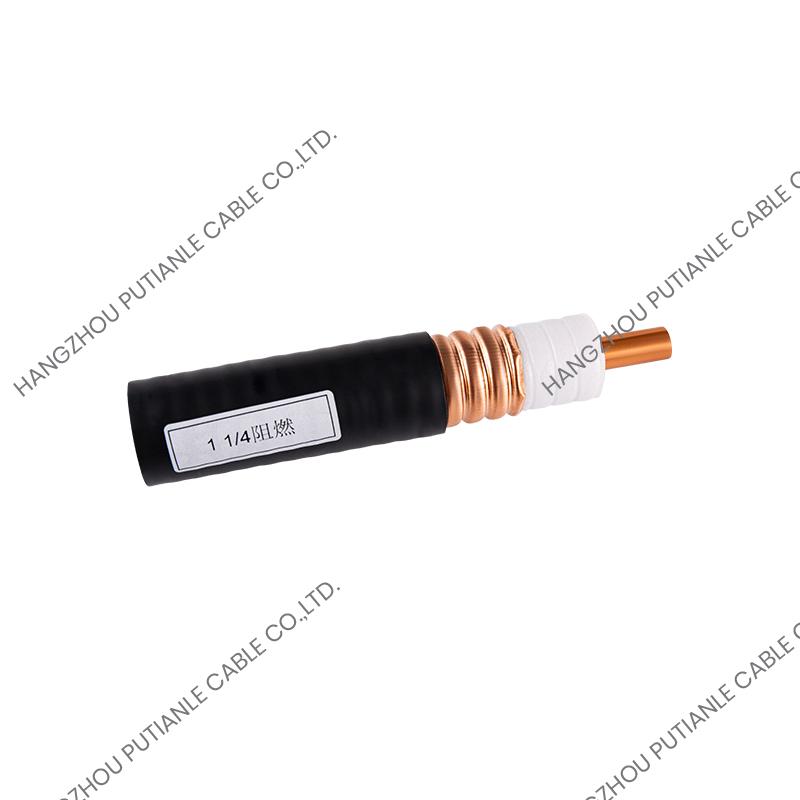Fiber optical cables have revolutionized the way data is transmitted across the globe, enabling faster, more reliable, and higher-capacity communication than traditional copper cabling. The increasing demand for high-speed internet, cloud computing, and real-time data exchange has made fiber optics a critical infrastructure component in modern industries. The unique properties of fiber optical cables—including low signal attenuation, high bandwidth, immunity to electromagnetic interference, and long-distance transmission capabilities—make them indispensable across various sectors.
This article explores the industries that rely most heavily on fiber optical cables for high-speed data transmission, examining the reasons for their adoption, specific applications, and the advantages provided by fiber optics in these sectors.
1. Telecommunications Industry
The telecommunications industry is perhaps the most prominent user of fiber optical cables. Telecom companies rely on fiber networks to provide high-speed internet, voice, and video services to both residential and business customers.
- Broadband Internet Services: Fiber-to-the-Home (FTTH) and Fiber-to-the-Building (FTTB) deployments enable ultra-fast internet speeds, often exceeding 1 Gbps. This capability supports streaming, video conferencing, and cloud-based services.
- Mobile Networks: Fiber optics form the backbone of 4G and 5G networks, connecting cell towers and base stations to data centers and core networks. High bandwidth and low latency are crucial for mobile communications.
- Long-Distance Communication: Fiber optical cables allow telecommunication companies to transmit data over hundreds of kilometers without significant signal loss, making them ideal for intercity and international connectivity.
Fiber optics’ immunity to electromagnetic interference also ensures signal integrity in urban areas, where numerous electronic devices can cause interference. This reliability is vital for telecom providers seeking to maintain high-quality service.
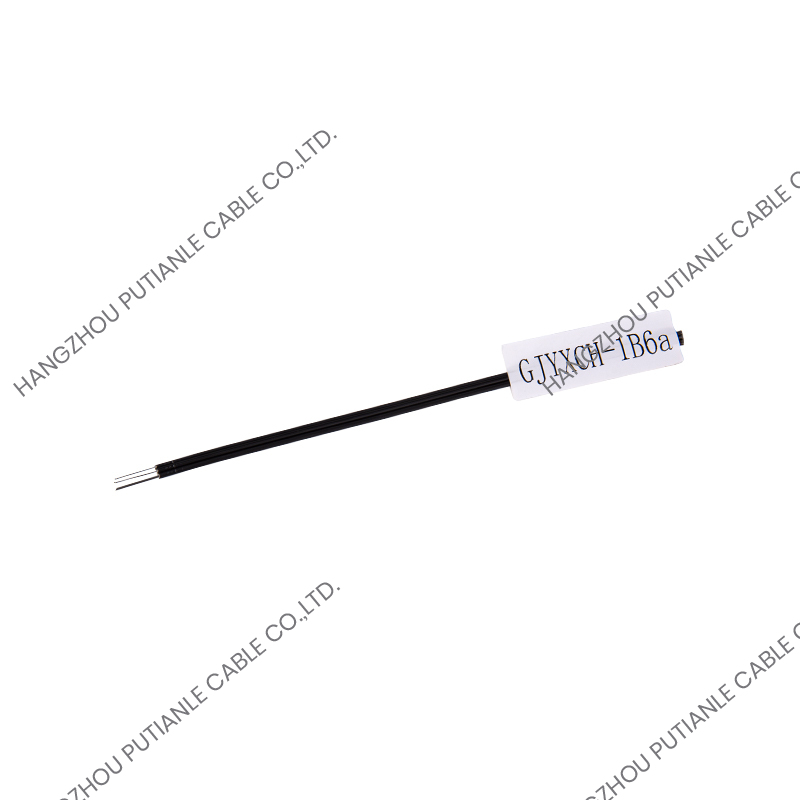
2. Data Centers and Cloud Computing
Data centers and cloud computing platforms are major consumers of fiber optical cables due to their high-volume data transmission requirements.
- High-Speed Interconnects: Data centers use fiber optics to connect servers, storage devices, and networking equipment, supporting rapid data transfer and low-latency communication.
- Scalability: Fiber optical cables support high-density cabling and higher bandwidth than copper, enabling data centers to scale as demand grows.
- Cloud Services: Companies like Amazon Web Services (AWS), Microsoft Azure, and Google Cloud rely on fiber optic infrastructure to deliver reliable and fast cloud services globally.
Fiber optical cables help data centers manage massive amounts of information, reduce network congestion, and improve the overall efficiency of cloud computing platforms.
3. Healthcare Industry
The healthcare sector increasingly relies on high-speed data transmission for patient care, research, and telemedicine. Fiber optical cables play a critical role in enabling real-time communication and secure data transfer.
- Medical Imaging: High-resolution imaging techniques such as MRI, CT scans, and digital X-rays generate large volumes of data that must be transmitted quickly to specialists and storage systems.
- Telemedicine: Fiber optics support remote consultations, live video conferencing, and real-time monitoring of patients, especially in rural or underserved areas.
- Hospital Networks: Hospitals use fiber optic networks to connect departments, laboratories, and data storage systems, ensuring fast and reliable access to patient records.
The high bandwidth and low latency of fiber optical cables ensure that healthcare providers can deliver timely and accurate care, while maintaining compliance with data security and privacy regulations.
4. Financial Services
The financial sector relies heavily on high-speed data transmission to maintain real-time trading, secure transactions, and global communications. Fiber optical cables are critical for:
- Stock Exchanges: High-frequency trading platforms require microsecond-level latency, which is achievable through fiber optic connections.
- Banking Networks: Banks use fiber optics to securely transmit financial data, process transactions, and connect ATMs and branch offices worldwide.
- Payment Systems: Fiber networks enable faster processing of credit card transactions, online banking operations, and digital wallets.
The reliability and low latency of fiber optic networks give financial institutions a competitive advantage, allowing them to execute trades faster and provide seamless customer services.
5. Media and Entertainment
The media and entertainment industry generates large volumes of video, audio, and multimedia content that require high-speed transmission and storage. Fiber optical cables are extensively used in:
- Broadcasting: Fiber links deliver live television, radio, and streaming content with minimal delay and high fidelity.
- Film Production: Video editing and post-production workflows involve large uncompressed video files, which are transmitted efficiently over fiber networks.
- Streaming Services: Platforms like Netflix, YouTube, and Spotify rely on fiber optic infrastructure to stream content globally, ensuring uninterrupted playback.
Fiber optics support high-definition and 4K/8K content transmission, enabling media companies to meet consumer demands for fast, high-quality digital experiences.
6. Education and Research
Academic institutions and research organizations depend on high-speed data transfer for collaborative projects, scientific simulations, and remote learning.
- University Networks: Fiber optics connect campus buildings, laboratories, and libraries, providing students and faculty with fast internet and secure access to research databases.
- Scientific Research: Large-scale experiments, such as particle physics research at CERN, generate terabytes of data that require fiber-optic links for rapid transmission to research centers around the world.
- Distance Learning: Fiber optics enable virtual classrooms, live lectures, and interactive e-learning platforms, enhancing educational accessibility.
Fiber optic networks facilitate real-time collaboration between institutions globally, advancing education and research capabilities.
7. Manufacturing and Industrial Automation
Modern manufacturing plants rely on high-speed communication networks to control automated systems, monitor production lines, and implement Industry 4.0 technologies.
- Industrial IoT (IIoT): Fiber optic networks connect sensors, machines, and controllers, enabling real-time data analytics and predictive maintenance.
- Robotics and Automation: High-speed communication ensures precise coordination between robotic systems, reducing downtime and increasing production efficiency.
- Process Control: Industries like oil and gas, chemical manufacturing, and automotive production use fiber optics to transmit critical data from remote sensors to control centers.
The immunity of fiber optical cables to electromagnetic interference is particularly advantageous in industrial environments where electrical equipment can generate noise that affects signal integrity.
8. Transportation and Smart Cities
Fiber optical cables are essential for modern transportation systems and smart city infrastructure:
- Railways and Airports: Fiber networks support train signaling, traffic monitoring, and airport communications, ensuring safety and efficiency.
- Intelligent Transportation Systems (ITS): Real-time traffic management, smart street lighting, and vehicle-to-infrastructure communication rely on fiber optic connectivity.
- Urban Connectivity: Smart cities use fiber optics for high-speed internet access, surveillance systems, and IoT-enabled municipal services.
The high bandwidth and long-distance capabilities of fiber optical cables enable reliable and scalable communication networks for urban development.
9. Advantages of Fiber Optical Cables Across Industries
Across these industries, fiber optical cables offer several compelling advantages:
- High Bandwidth: Supports large volumes of data for applications like video streaming, scientific research, and financial trading.
- Low Latency: Essential for real-time communications and automated systems.
- Long-Distance Transmission: Minimal signal loss over long distances reduces the need for repeaters.
- Immunity to Interference: Unaffected by electromagnetic noise, crucial for industrial and urban environments.
- Durability and Reliability: Resistant to harsh environmental conditions, ensuring continuous operation.
These advantages make fiber optical cables a cornerstone of modern industrial and commercial operations, enabling innovation, efficiency, and connectivity.
10. Conclusion
Fiber optical cables are a critical component in industries that demand high-speed, high-capacity, and reliable data transmission. From telecommunications and data centers to healthcare, finance, media, education, manufacturing, and smart city infrastructure, fiber optics provide the speed, bandwidth, and resilience needed to meet contemporary demands.
The adoption of fiber optical cables enables industries to process massive volumes of data in real time, maintain operational efficiency, and deliver high-quality services to end-users. As technological advancements continue to drive digital transformation, 5G networks, and IoT applications, the reliance on fiber optical cables will only grow, solidifying their role as a backbone of modern industry and communication infrastructure.
By providing unmatched performance, scalability, and reliability, fiber optical cables ensure that businesses and institutions across the globe remain connected, competitive, and capable of meeting the challenges of a data-driven world.


 中文简体
中文简体 English
English Español
Español
